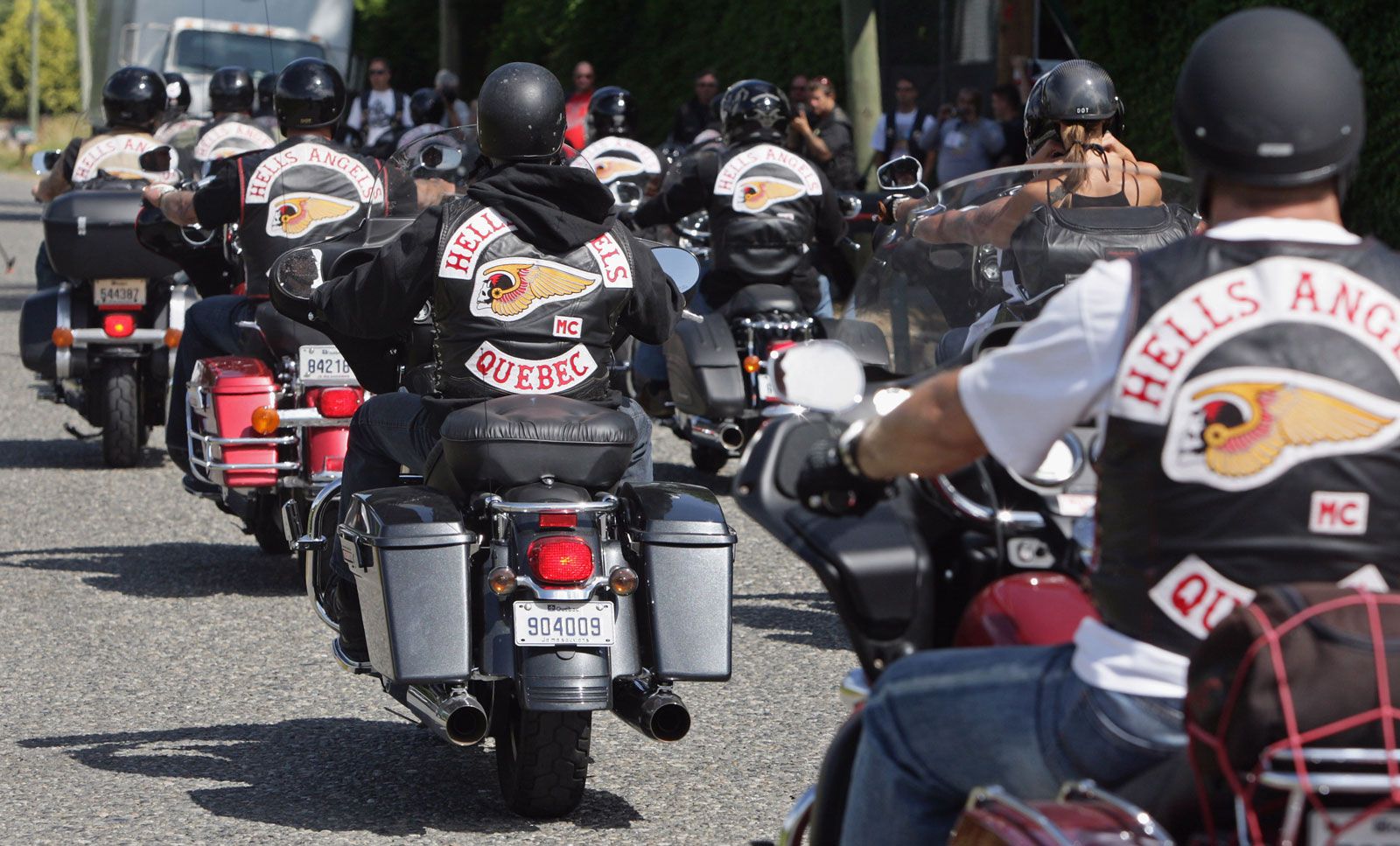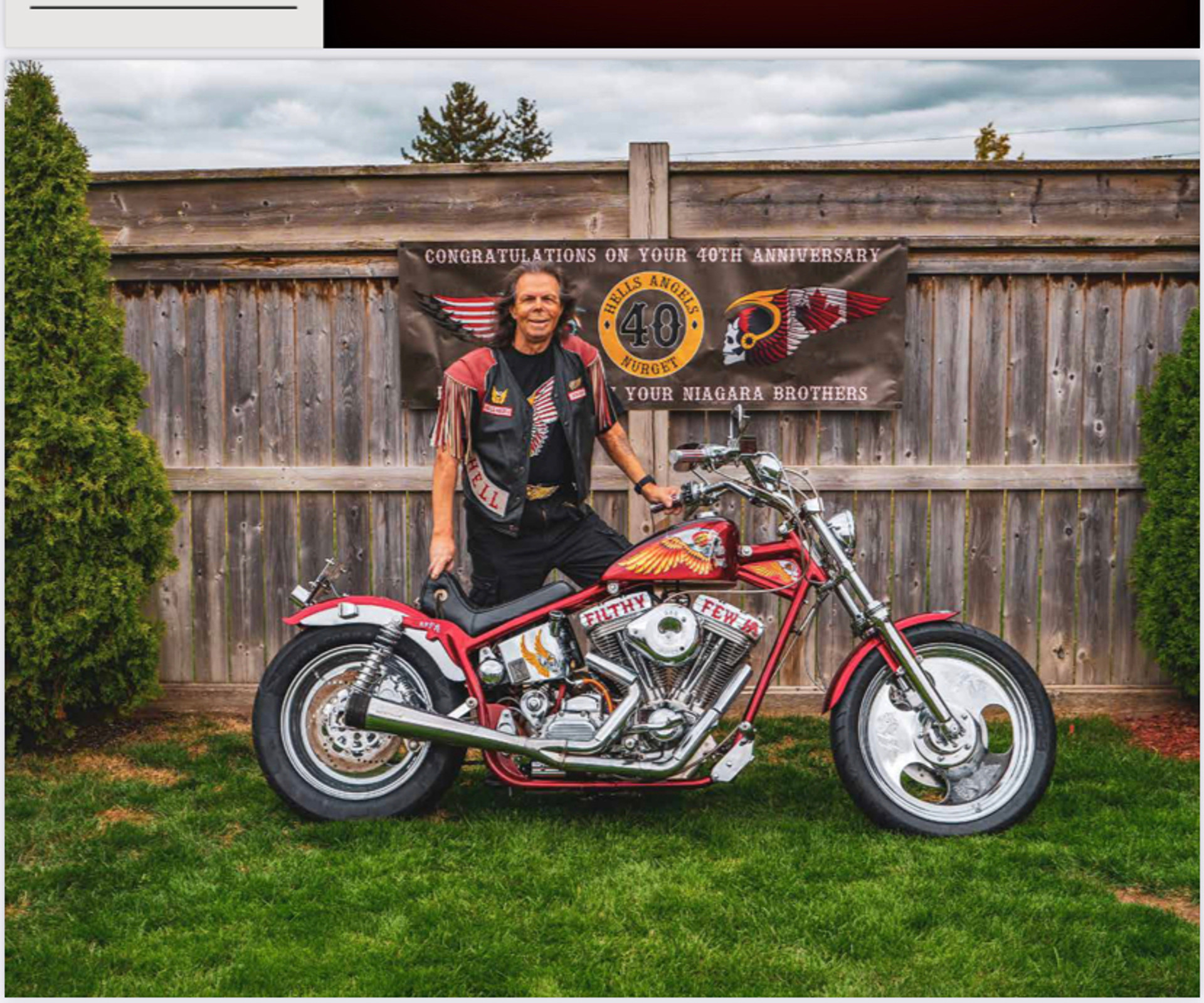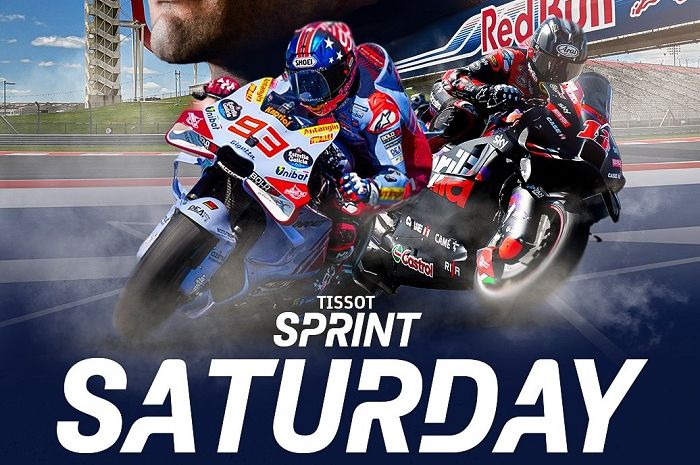The Hells Angels: Their Influence And Impact

Table of Contents
A History of the Hells Angels: From Post-War Roots to Global Organization
Early Years and Formation
The Hells Angels Motorcycle Club's origins trace back to the post-World War II era in San Bernardino, California. Founded in 1948, the club initially consisted of World War II veterans and other young men drawn to the camaraderie and thrill of motorcycle riding.
- Location of founding: San Bernardino, California
- Early membership demographics: Primarily World War II veterans and young men seeking brotherhood and adventure.
- Initial club activities: Motorcycle racing, bar fights, and establishing a strong sense of community and identity.
The early Hells Angels were less organized than their later iterations, focusing more on social gatherings and motorcycle activities. However, the seeds of their future notoriety were already sown in this period.
Expansion and Territorial Disputes
From their humble beginnings, the Hells Angels rapidly expanded, establishing chapters across the United States and eventually internationally. This growth wasn't without conflict. Territorial disputes with rival motorcycle clubs, like the Mongols and Bandidos, frequently erupted into violent clashes, solidifying their reputation for brutality.
- Key periods of expansion: The 1950s-1970s saw significant growth within the US, followed by international expansion in subsequent decades.
- Significant conflicts and turf wars: The Hells Angels have been involved in numerous bloody conflicts over territory and resources with rival biker gangs.
- Establishment of chapters worldwide: Today, the Hells Angels have chapters in numerous countries across the globe, showcasing their significant international reach.
Evolution of the Hells Angels’ Structure
The Hells Angels operate under a highly structured hierarchical system. The iconic "patch" is a symbol of membership and represents a complex system of ranks and responsibilities. Initiation rites are often shrouded in secrecy, reinforcing the club's aura of exclusivity and mystique.
- The “patch”: The club's distinctive emblem, signifying membership and status within the organization.
- Ranks within the club: A strict hierarchy exists, with different levels of responsibility and authority.
- Initiation rites: Often secretive and demanding, reinforcing loyalty and commitment to the club.
- Leadership structure: The club is organized into chapters, with a defined chain of command leading to national or even international leadership.
The Hells Angels and Criminal Activities: A Legacy of Violence and Illegal Enterprise
Involvement in Organized Crime
The Hells Angels' involvement in organized crime is extensively documented. They have been implicated in various criminal activities, including:
- Drug trafficking: The club has been involved in the production, distribution, and sale of various illicit substances.
- Extortion: The Hells Angels have used intimidation and violence to extort money from businesses and individuals.
- Violence: Murder, assault, and other violent crimes are frequently associated with the Hells Angels.
Numerous legal cases have highlighted their involvement in these activities, resulting in convictions and lengthy prison sentences for numerous members.
Motorcycle Club Culture and Criminal Subculture
The overlap between the Hells Angels' motorcycle club culture and organized crime is significant. The emphasis on brotherhood, loyalty, and intimidation within the club creates an environment conducive to criminal activity.
- The role of brotherhood: Strong bonds of loyalty and camaraderie foster a sense of unity and shared purpose, sometimes obscuring criminal activities.
- Loyalty: Members are expected to remain fiercely loyal to the club and its leadership, often prioritizing the club's interests above all else.
- Intimidation: The use of violence and intimidation is a key tool in maintaining control and achieving criminal objectives.
- The appeal of outlaw biker identity: The outlaw biker lifestyle offers a sense of rebellion and freedom that attracts individuals who reject mainstream society.
Law Enforcement Response and Strategies
Law enforcement agencies worldwide have dedicated significant resources to combating the Hells Angels' criminal activities. However, investigating and prosecuting Hells Angels members presents unique challenges.
- Examples of successful law enforcement operations: Large-scale investigations and raids have resulted in arrests and convictions, disrupting the club's operations.
- Challenges in investigating and prosecuting Hells Angels members: Omertà (code of silence), witness intimidation, and the club's complex structure hinder investigations.
The Hells Angels’ Cultural Influence: Myths, Media, and Public Perception
Representation in Popular Culture
The Hells Angels have been frequently portrayed in movies, books, music, and other media, often shaping public perception. These portrayals, while sometimes romanticized, contribute to the creation of the "Hells Angels myth."
- Examples of media portrayals: Numerous films and documentaries have explored the Hells Angels, often focusing on their rebellious image and criminal activities.
- Analysis of how media shapes public opinion: Media representation can influence public opinion, either glorifying or demonizing the club, depending on the narrative.
- The creation of the “Hells Angels myth”: A romanticized and often inaccurate image of the Hells Angels persists in popular culture.
The Hells Angels and Counter-Culture
The Hells Angels, in certain periods, have been connected to counter-culture movements, appealing to individuals who reject mainstream societal norms.
- Connections to specific counter-cultural movements: The club's association with rebellion and nonconformity resonates with certain segments of the population.
- The allure of rebellion and nonconformity: The outlaw biker lifestyle offers an alternative to conventional societal expectations.
Public Perception and Misconceptions
Public perception of the Hells Angels is complex and often shaped by media portrayals and misconceptions. It's essential to differentiate between the actions of individual members and the overall organization.
- Common myths vs. reality: Separating fact from fiction is crucial to understanding the Hells Angels' true nature and impact.
- The importance of separating individual actions from the overall organization: Not all members are equally involved in criminal activities.
Conclusion
The Hells Angels Motorcycle Club represents a complex and multifaceted phenomenon. Their history, marked by expansion, violence, and criminal activity, is intertwined with a carefully cultivated image of rebellion and brotherhood. Their influence extends beyond the confines of their motorcycle club, impacting organized crime, counter-culture movements, and public perception. Understanding the Hells Angels requires a nuanced approach, acknowledging their complex history and multifaceted impact. Continue your exploration of this notorious motorcycle club and delve deeper into their lasting influence on society and popular culture. Further research into outlaw motorcycle gangs and their impact on communities will provide a more complete understanding of this enduring phenomenon.

Featured Posts
-
 Decouvrir Les Gens D Ici Conseils Et Observations
May 26, 2025
Decouvrir Les Gens D Ici Conseils Et Observations
May 26, 2025 -
 Federal Trade Commission Appeals Microsoft Activision Blizzard Acquisition
May 26, 2025
Federal Trade Commission Appeals Microsoft Activision Blizzard Acquisition
May 26, 2025 -
 A Deep Dive Into The Hells Angels Membership Rules And Operations
May 26, 2025
A Deep Dive Into The Hells Angels Membership Rules And Operations
May 26, 2025 -
 20 Anos De Cinema Analisando A Frase Iconica De Um Trailer Memoravel
May 26, 2025
20 Anos De Cinema Analisando A Frase Iconica De Um Trailer Memoravel
May 26, 2025 -
 Nonton Balap Moto Gp Inggris 2025 Sprint Race Live Streaming Jam 20 00 Wib
May 26, 2025
Nonton Balap Moto Gp Inggris 2025 Sprint Race Live Streaming Jam 20 00 Wib
May 26, 2025
